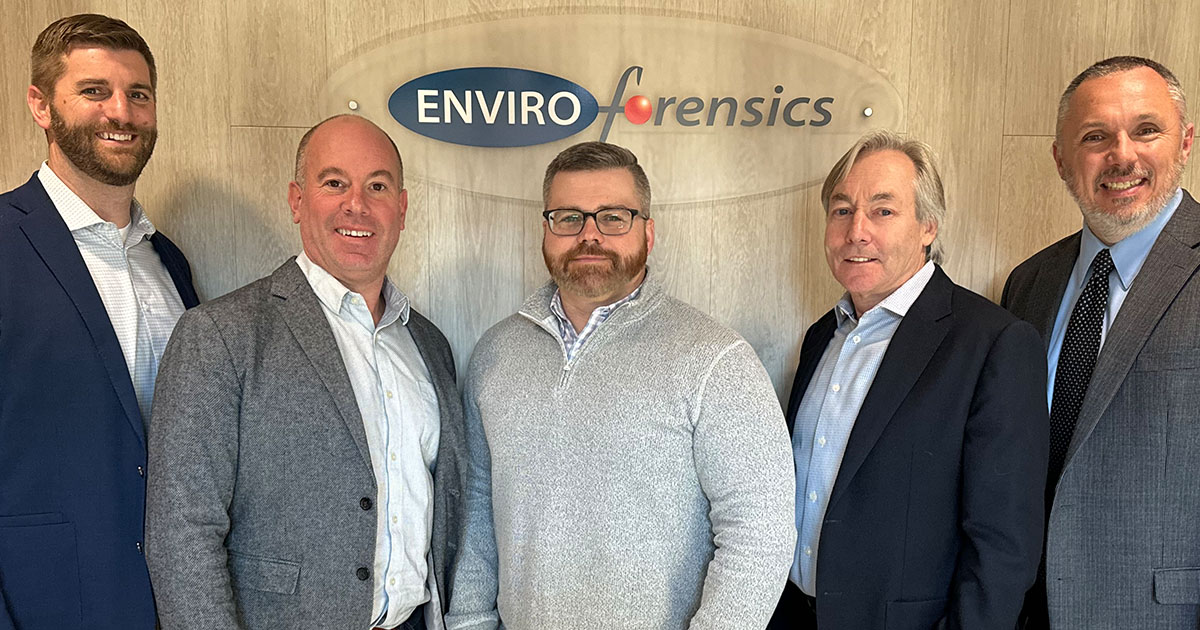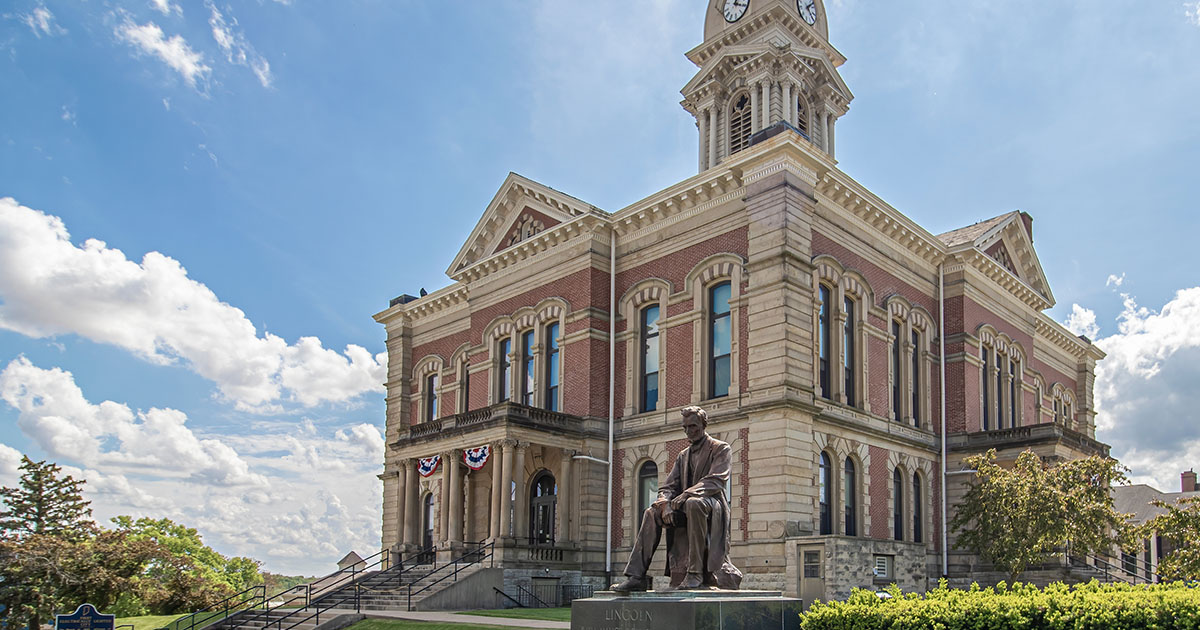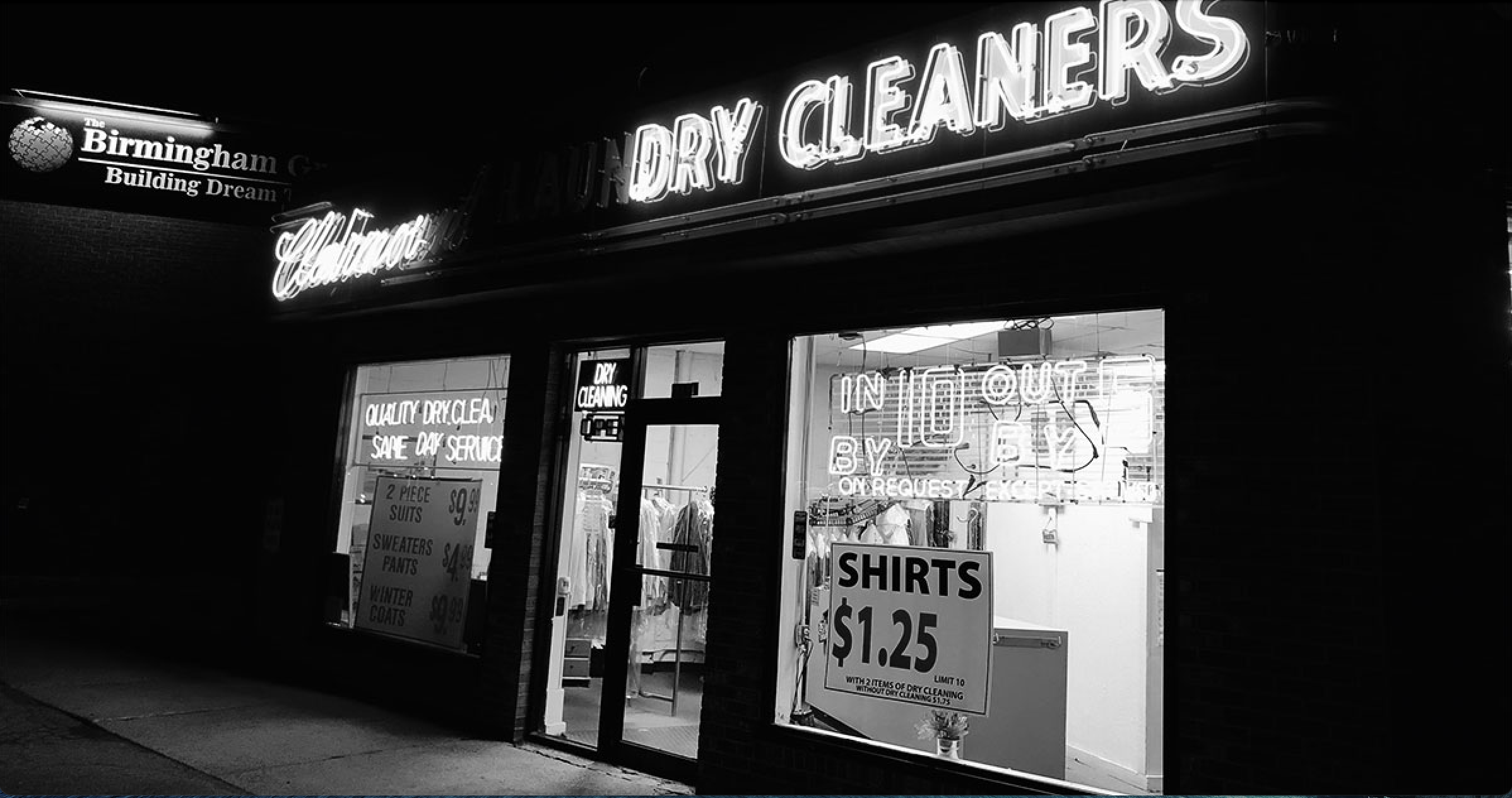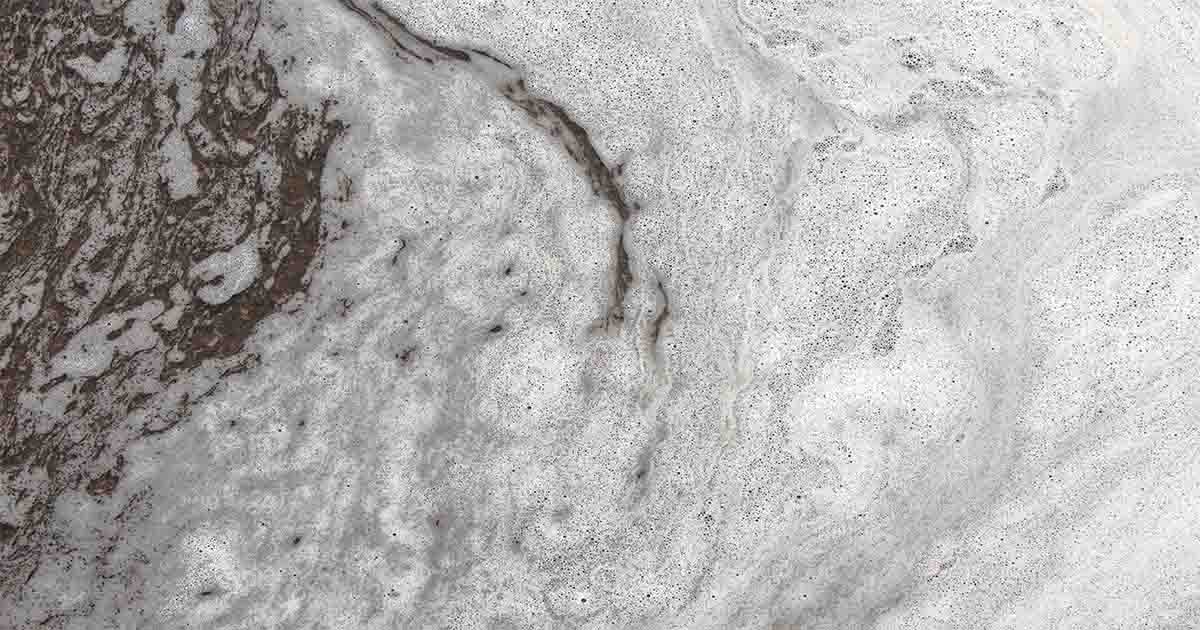Citizens, business owners and community leaders of the Riverside neighborhood met with the US EPA, Citizens Energy Group and environmental professionals on May 24, 2016 at the Riverside Community Center to discuss the possibility of adding a group of city drinking water wells to the National Priority List (NPL) as a Superfund site.
While the Indiana Department of Environmental Management (IDEM) was noticeably absent from the meeting, citizens expressed their concern that designating this area a Superfund site would tarnish the neighborhoods reputation, hindering economic development and diminishing the hard work that their community has conducted in turning the area around.
Last April, the EPA announced a proposal to add the Riverside Groundwater Contamination site in Indianapolis to the NPL. The NPL is EPA’s list of Superfund sites. Superfund is a federal program that investigates and cleans up the most complex or uncontrolled or abandoned hazardous waste sites in the country.
The problem stems from groundwater samples collected from the city’s municipal drinking water wells that showed elevated levels of vinyl chloride and 1,2-dichloroethylene, chemicals found as a breakdown products of solvents commonly used by dry cleaners, small businesses, and manufacturers. Representatives from Citizens Energy, manager of the city water supply, repeatedly stated that the drinking water was safe to drink and that water from the contaminated wells was mixed with other city water and treated before being supplied to their customers.
While many current and former businesses in the area have been identified as causing groundwater contamination, many more locations will likely come under scrutiny as being potentially responsible for the groundwater contamination of the city’s wells. But, because the drinking water wells draw groundwater from two distinct water-bearing units nearly 100 feet below the land surface, it is very costly to collect soil and groundwater samples necessary to accurately identify the contaminant sources. In the past IDEM officials have expressed their lack of manpower and financial resources to take on this investigation and presumably asked EPA to assist them in those efforts.
The meeting was intended for EPA to educate the public on the process it uses to evaluate, score and rank sites when determining whether or not to actually list and designate a site as Superfund-eligible. Frustration and surprise were commonly expressed by the general public and community leaders as they learned for the first time that EPA’s 60-day comment period started on April 6, leaving less than two weeks for them to provide their concerns in writing to the federal Agency. Peggy Gamlin, who organized the meeting said, “For years this area has been redlined (a term used when banks, insurance companies and even supermarkets deny services directly or by raising prices) and now we are up against a Superfund designation that will only damage our efforts.” “At a minimum” she said, “could we at least extend the comment period?”
State Senator Greg Taylor was present and expressed frustration with the EPA for their lack of engaging the community in the process stating, “You’ve been studying this problem for years and no one has ever contacted my office to discuss this serious issue. To my knowledge this is the first public meeting that has been held to discuss the merits of this Superfund designation and we are told comments are required in a little more than a week.”
Stephen Henshaw, president of EnviroForensics also spoke at the meeting. Henshaw agrees that listing this area as a Superfund site could give it a stigma that could adversely effect the growth plans for the area, but thinks EPA could assist the community by issuing information demands to the businesses that IDEM has identified as potentially causing or contributing to the groundwater contamination. For several years, IDEM has been compiling a list of former dry cleaners and launderers and has found over 167 former and current dry cleaners within the wellhead protection area of Riverside and White River municipal wells.
Henshaw argues that while the groundwater levels observed in the Riverside municipal well field are below the allowed drinking water levels, such levels pose a risk and attention needs to be given to identify and mitigate sources of contamination that are found to be contaminating or threatening the city’s drinking water supply. While acknowledging that cleaning up contamination from old manufacturing sites, dry cleaners, and other businesses is extremely costly, he stated, “While it’s true that groundwater contamination may have been caused by accidental spills and releases of dry cleaning solvents, as well as solvents used to clean machine parts in past decades, businesses — even those now defunct — can use their old insurance policies, policies written 40 and 50 years ago, to fund the costs of investigation and remediation.” Henshaw also contends that more focus needs to be given to those sites already in IDEM’s cleanup programs citing an unnecessarily long and drawn out process between consultants and IDEM in getting sites remediated. He said that EnviroForensics routinely finds old insurance policies to assist past and current business owners address their environmental liabilities stating, “Insurance policies don’t expire and can still be used to protect the policyholder facing regulatory enforcement even if the company that caused the contamination is out of business.”
For more information on the Riverside Groundwater Contamination site, contact Nuria Muñiz, NPL Coordinator, 312-886-4439, muniz.nuria@epa.gov. The EPA during the 60-day comment period currently expires on June 6.



